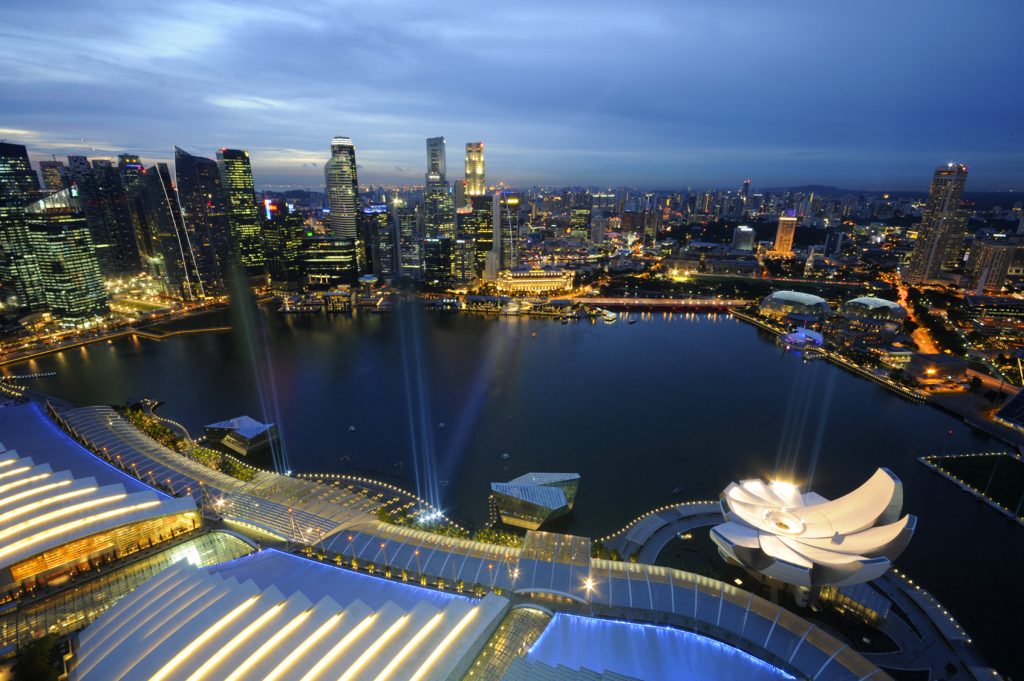Deadline TOMORROW: Livability Challenge

Just found this announcement as an ad on a story I clicked on in Eco-Business, an Asian environmental newsletter that often has cool and unusual stories. If you have a project needing funding in urban food production, circular packaging, or decarbonization that could work in an urban tropical area like Singapore, get thee over to The Livability Challenge page. RIGHT NOW.
Finalists in The Liveability Challenge 2020 could secure the following:
• Up to S$1 million in funding by Temasek Foundation•
• 1-year venture building package at The Circularity Studio •
• A mentorship with Closed Loop Partners •
• A spot in TXG Sustainability Business Accelerator Program •
• and more to be unveiled •
I have not vetted and have no more information other than what’s on that page. But if you enter and get selected, I’d love to know that you heard about it from me. In fact, if you have a cool idea like that and have no interest in the contest or aren’t chosen, please share it. If I like your idea, I’ll give you a brief marketing consultation, no charge. And I might ask if I can feature you in an article or blog post. Of course, I won’t disclose your idea to anyone without your written permission.
